Christian Horner is a tricky customer. He says so himself. “We’re very demanding,” admits the Red Bull Formula 1 team principal with a steely smile. “We pay our bills on time, we demand the best and that sits uncomfortably sometimes.”
All things considered, it’s just as well that the second-fastest team on the F1 grid won’t be paying through the nose for off-the-peg hybrid power units from bitter rival Mercedes-AMG next year, never mind from Renault, with which it had such a brittle partnership that ended in 2018. But in the wake of Honda pulling the plug on its factory supply at the end of this season (its third F1 withdrawal in the past 30 years), Horner needed something to drop into the back of his cars. Ferrari was out of the question, apparently, so that left only one option – and it required first a deep breath, then an Austrian mountain of euros.
Red Bull Powertrains has been conceived out of pure necessity. Horner and enigmatic Red Bull owner Dietrich Mateschitz were left with no choice but to make the energy drinks giant’s biggest F1 commitment since it bought the recalcitrant Jaguar team in 2004. Its fully fledged independent power unit division will, from 2022, supply both Red Bull Racing and sister team Scuderia AlphaTauri, in the best traditions of Cosworth from F1’s distant past. But in this modern age, against the might of Mercedes-AMG High Performance Powertrains, which has dominated the hybrid era since its inception in 2014, Red Bull has set itself a daunting undertaking. At the same time, it might just be the best move it has ever made.
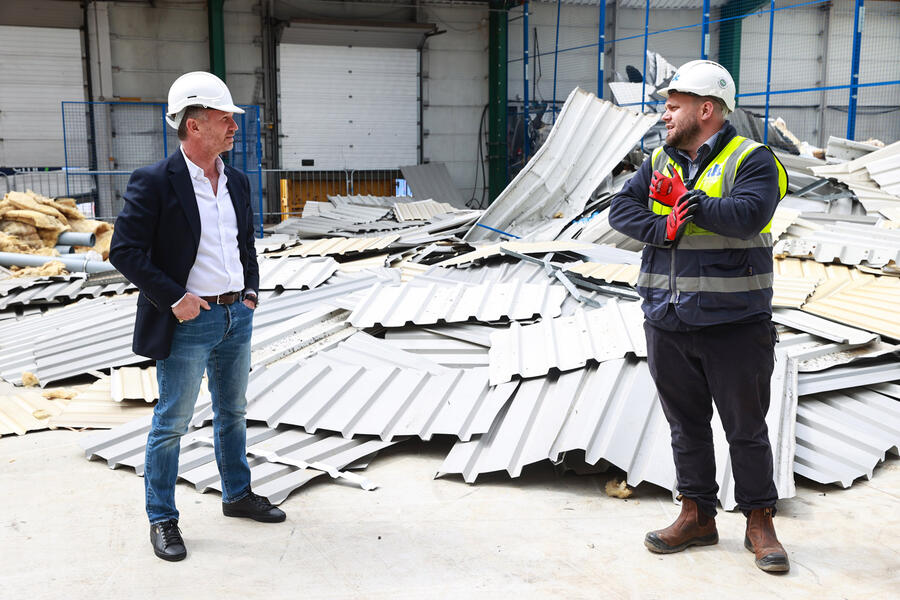
“As you say, circumstances have prevailed that forced us into a decision of whether to go back into a world of customer engines, having enjoyed a great relationship with Honda for the past couple of years,” says Horner. “Having sampled what that [manufacturer partnership] feels like and what it’s capable of, it left a question: do we go back to being a customer and the compromise that imposes, or do we take this opportunity to fully integrate the power unit into the technical team, on site in Milton Keynes, and become the only team other than Ferrari to have everything under one roof? It was a hell of a ballsy decision to go for it, but that’s Red Bull.”

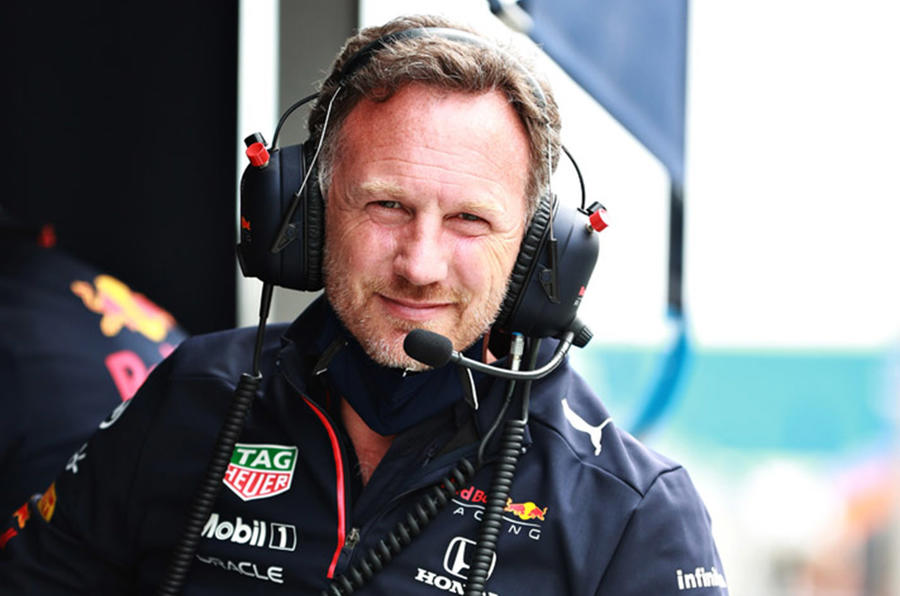
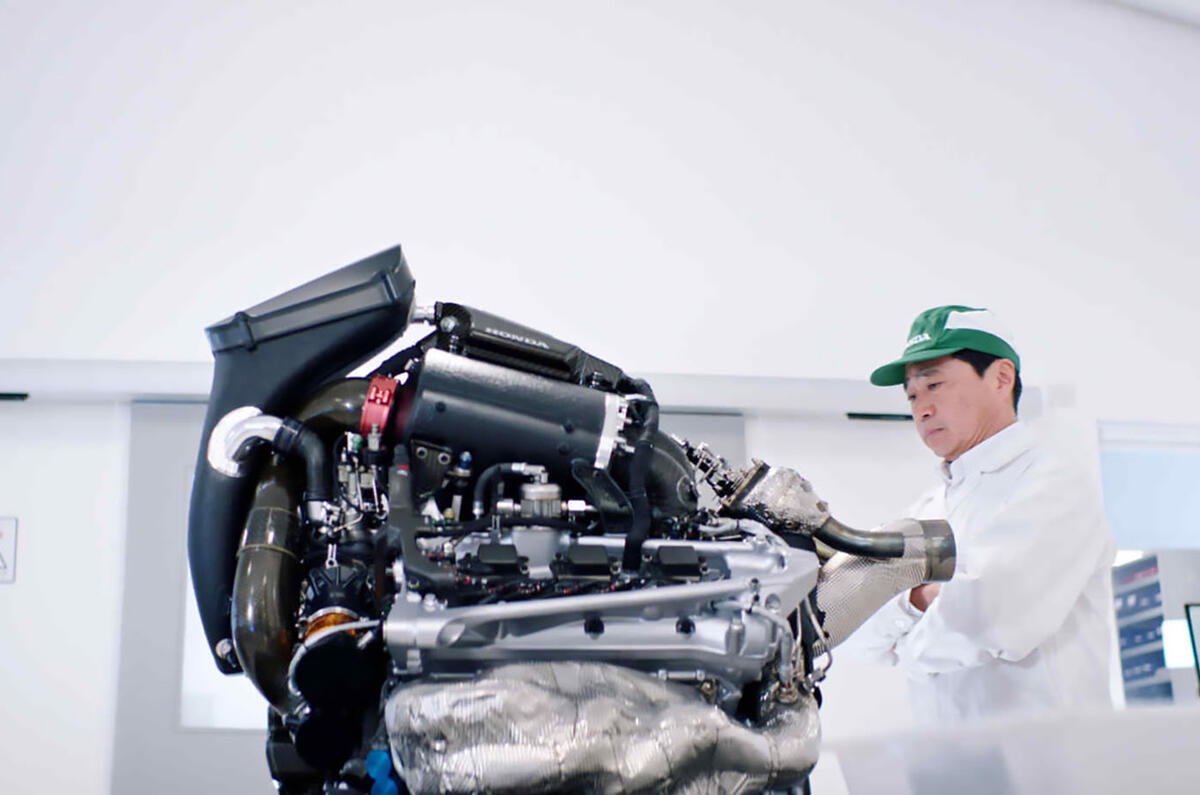









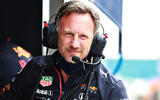











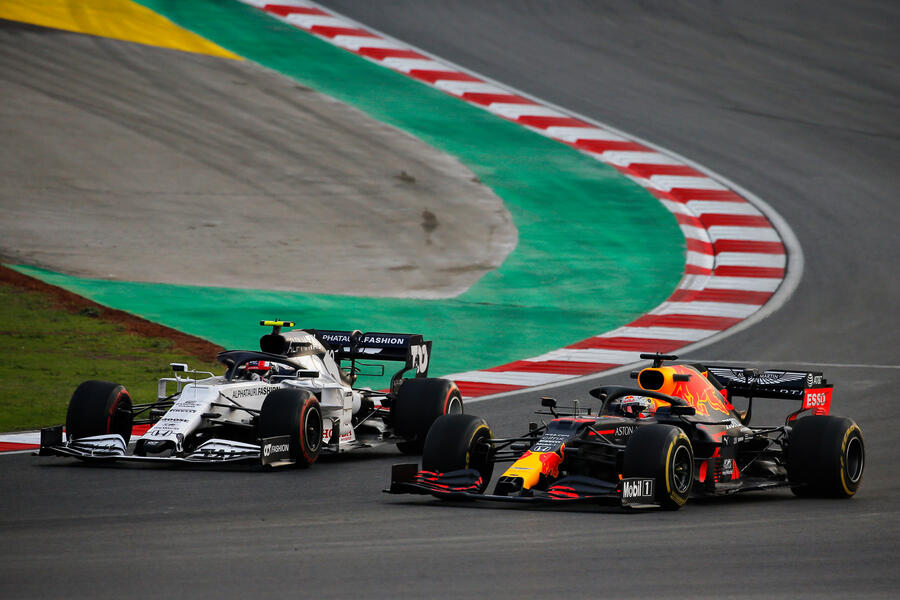
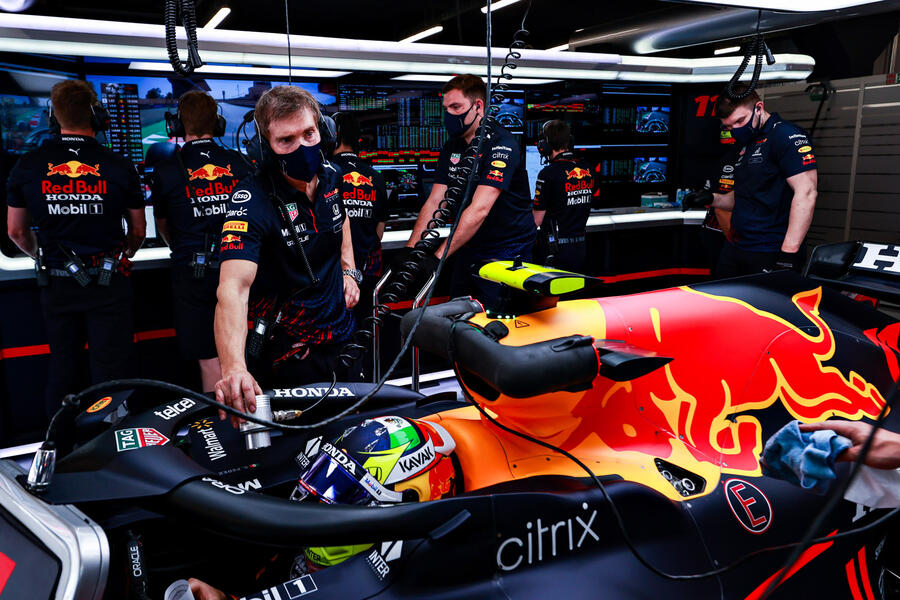
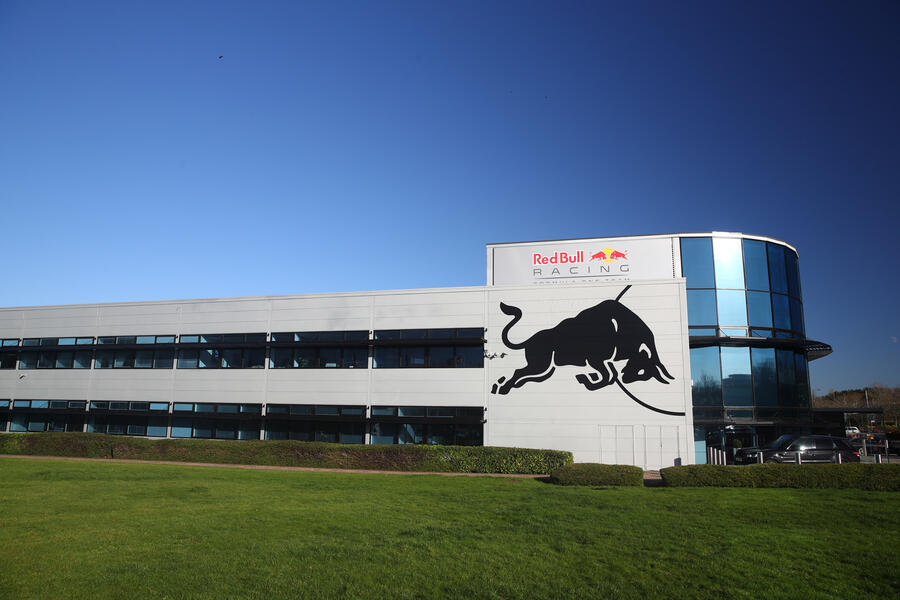
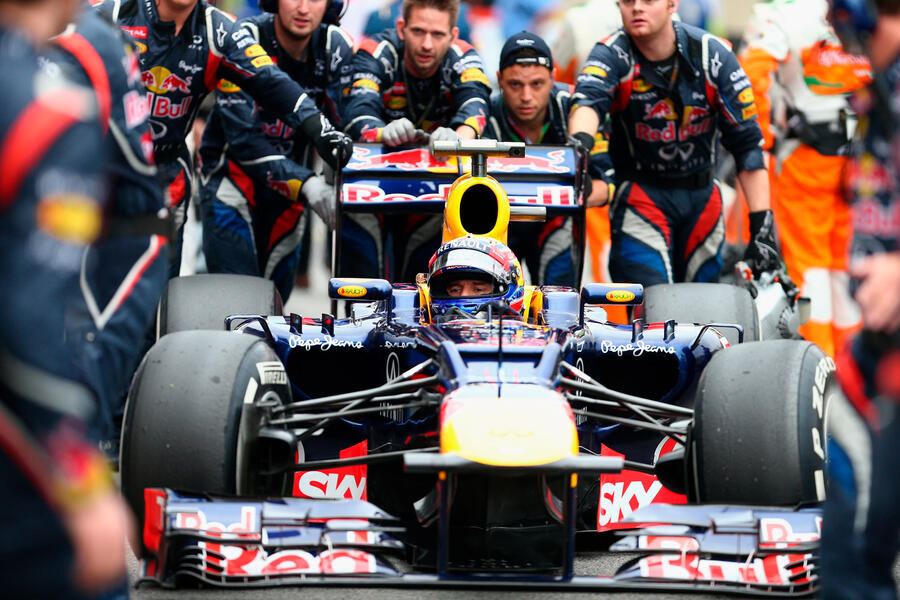
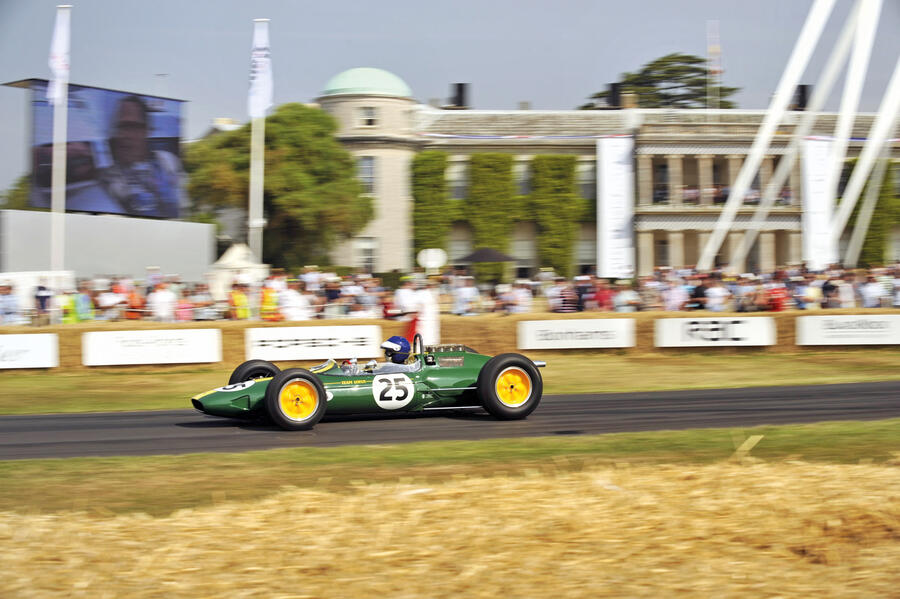


Add your comment